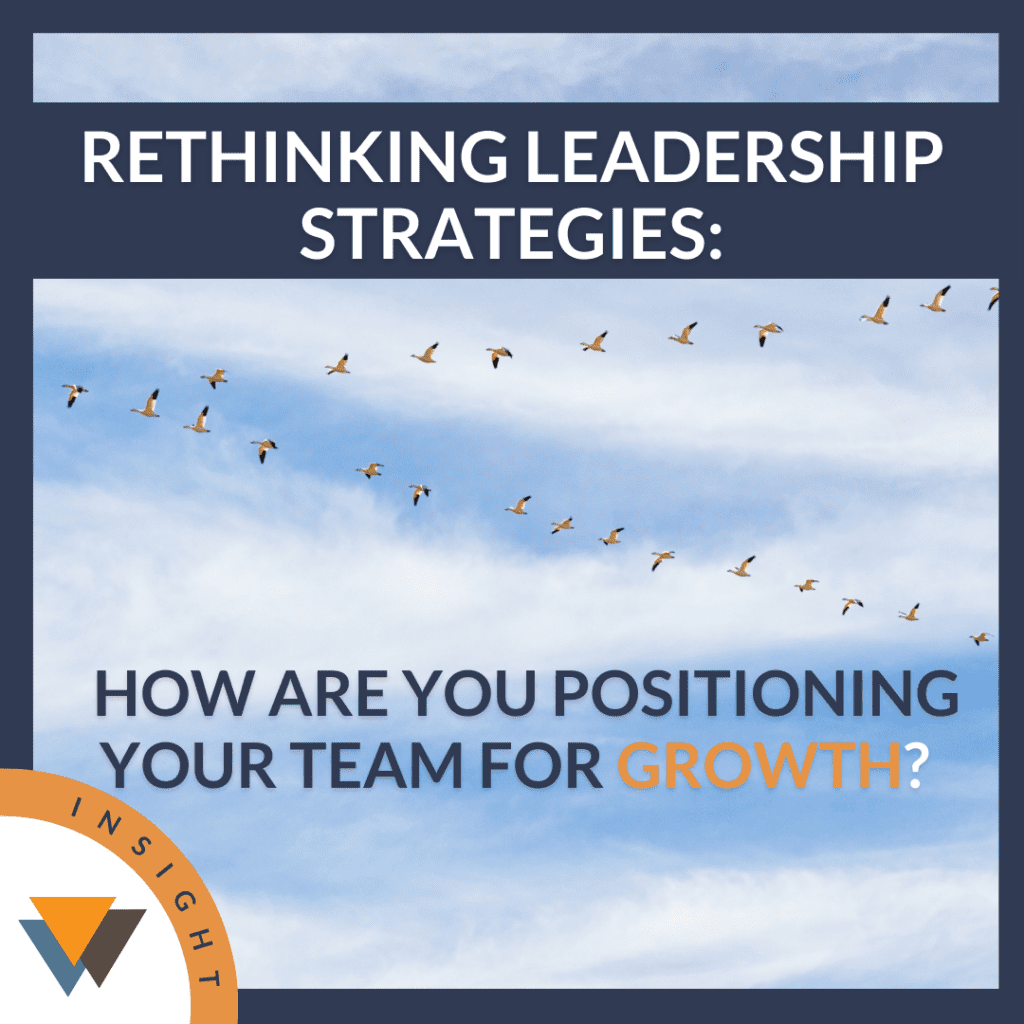
Have you ever wondered what would happen if you weren’t around?
Written by Tyler Head
Yvonne Chouinard, founder of Patagonia, once said, “I wanted to build a company where when I left, my people would know who to call when there was a fire: the fire department.” He spent three months away each year, confident in his team’s ability to handle things.
Culture is the pattern of behavior reinforced by people and systems over time, as noted by Charles O’Reilly, an expert in Organizational Behavior at Stanford and several other prestigious universities.
What type of culture supports leaving for three months out of the year?
In leadership, we can learn a lot from the scientific method:

Observation – closely examining what, why, and how things happen.
Questioning – engaging curiously and exploring possibilities.
Hypothesizing – thinking critically about potential solutions.
Experimenting – trying new approaches.
Analyzing – objectively assessing outcomes.
Concluding – building on findings.
Repeating – acknowledging the power of practice.
This approach allows leaders to invite their team into the process and challenge entrenched behaviors and systems.
A scientific approach encourages collaboration and innovation and fosters a culture where leaders and teams are confident when they step away.
Culture is key to the longevity of your organization.
Ask yourself these questions:
What patterns of behavior are being reinforced by people and systems inside your organization?
What patterns of behavior do you notice that need to change?
What systems and people can help you do so?
Turning the Light On
She stood in awe, eyes wide, whispering Wow. Then she pulled a string—and the light disappeared. The...
Touch Someone
Fifteen minutes after I touched her, she was gone. Fifteen minutes after I touched him, he fell...
Meaningful Dialogue Changes Culture
Some organizations thrive. Others stay stuck. The difference? It often comes down to the conversations they have—or...
Are You Ready to Reset?
Leaders set clear goals, communicate expectations, and yet… engagement still falls flat. It’s frustrating when employees don’t...
Why You Should Care
Leadership isn’t just about tasks or goals—it’s about people. And people come with emotions, challenges, and stories...
What Foxes are Lurking in Your Backyard?
In a recent conversation with a leadership team, someone brought up an unexpected topic: foxes in the...
Happy Thanksgiving!
This week, we're sharing what we each are thankful for. Think about it... what are you thankful...
The Power of Intentionality: Are You Ready for 2025?
Recently, my wife and I planned a weekend getaway for my birthday. Nothing profound about the trip,...
Rethinking Leadership Strategies: How are You Positioning Your Team for Growth?
We’ve all seen birds flying in a V formation, often assuming they’re just following a leader. But...
Who Owns It?
What do rental cars and leadership have in common? More than you might think. On a recent...










